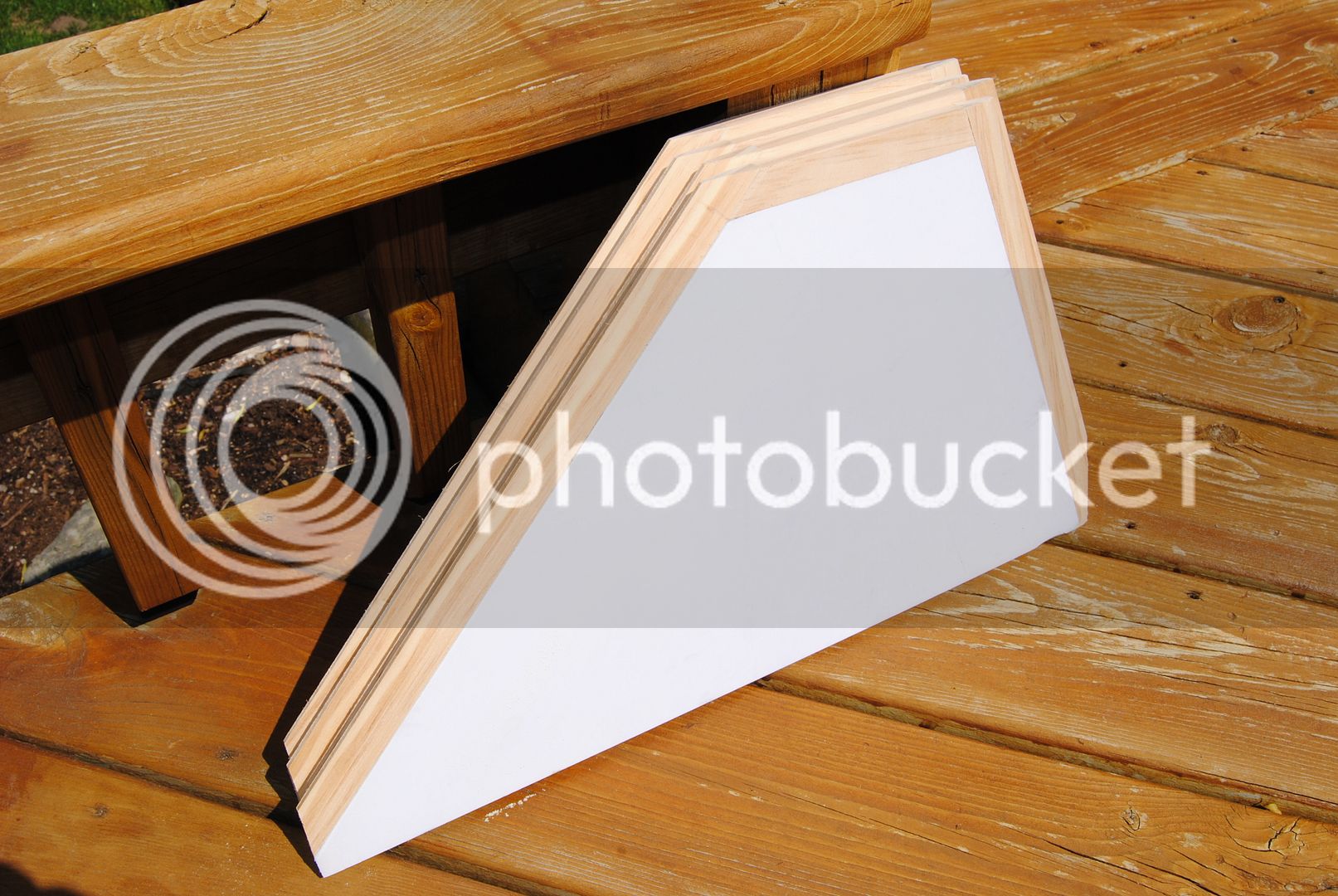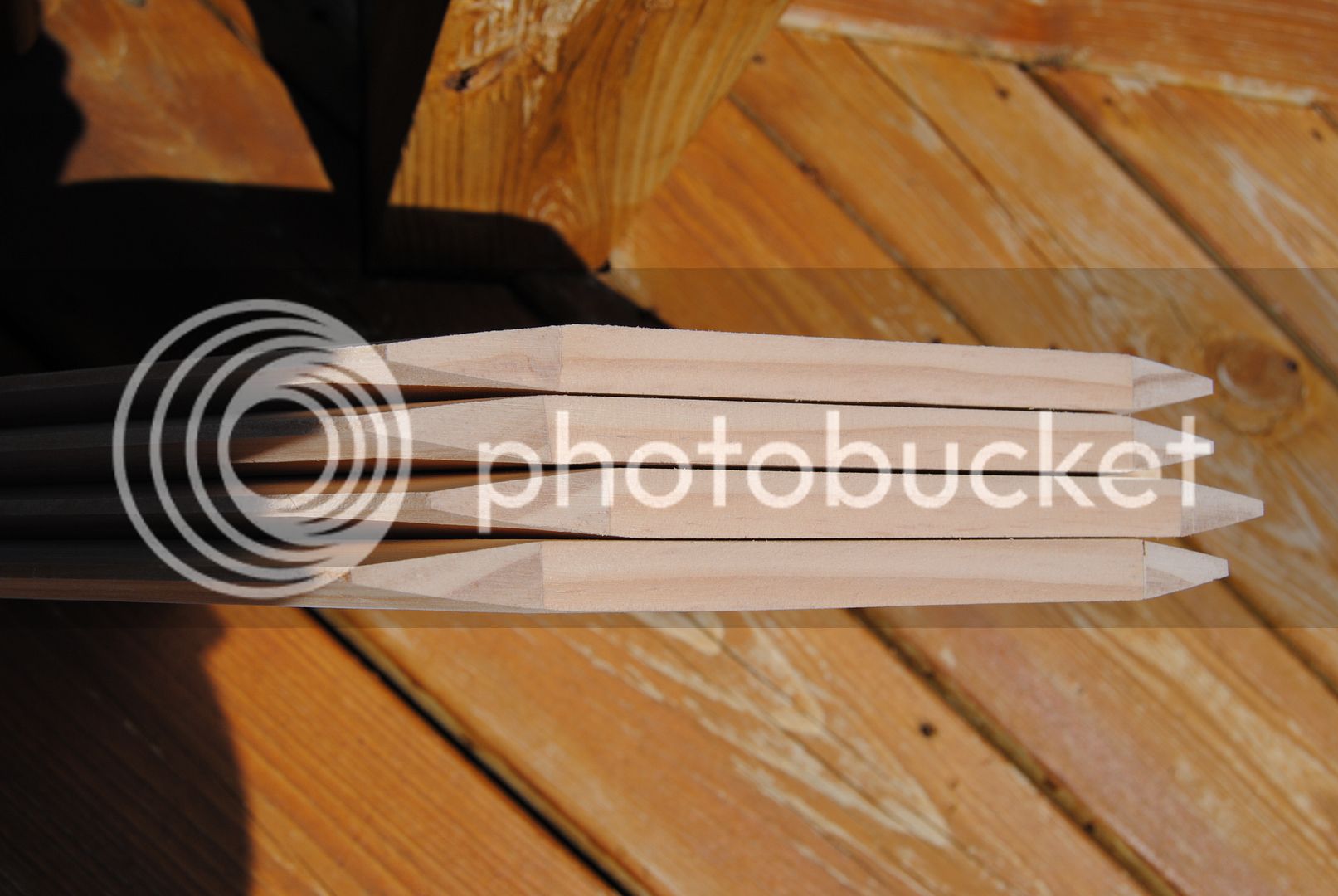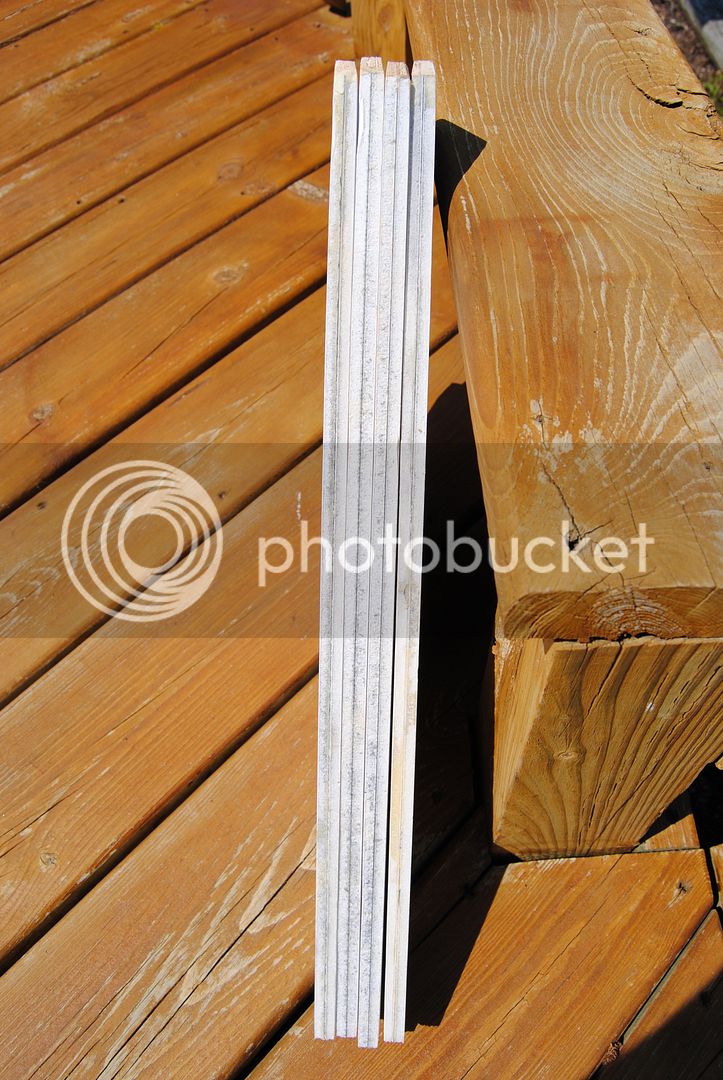blackjack2564
Crazy Jim's Gone Banana's
Jim,
No, I hadnt. But I want to thank you for this data point. It points exactly to where I want to go. May I ask what foam did you select? And from your experience how important is the core? I mean, do you believe you could have picked out the core and been left with a hollow fin just as robust?
Feckless
It's been so long ago, I don't remember the details. No, there is not a reason to pick out the core. The foam board is virtually no weight, what would be the point?
You will note in the pics there were 2 types of F board used, simply because that's what was there. The Purple stuff had denser foam & could not be compressed much at all.
Then when Tim did the "sandwich" version with G-10 sheet blue was used, which I think was obtained at Menard's. I stood on a section of that suspended between 2 cinder blocks. I come in at 215lb & trying to bounce it........would not deflect!
Call him at Wildman, I sure he would give you the details .



























